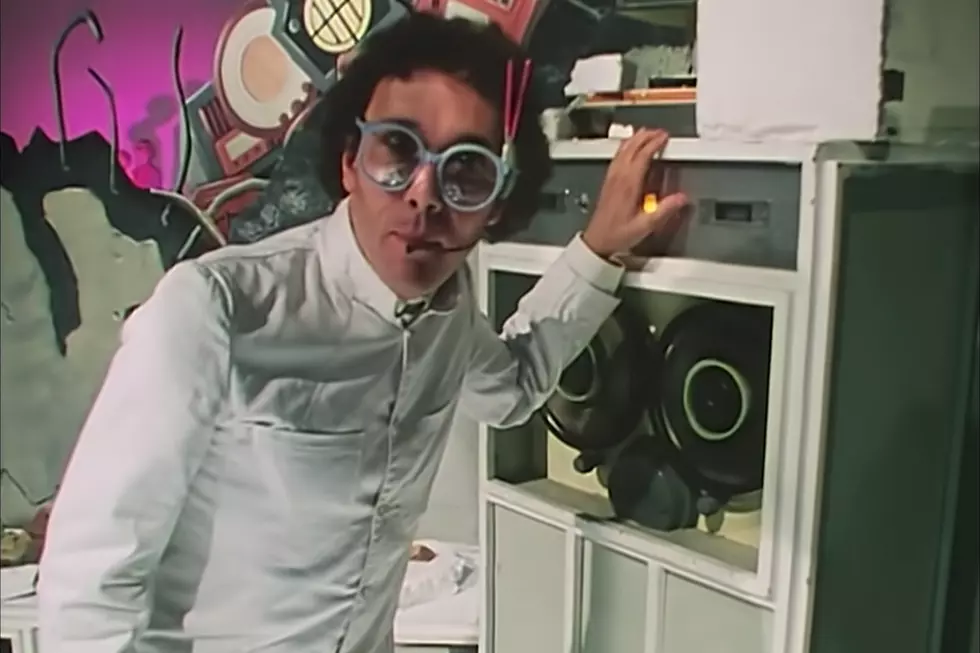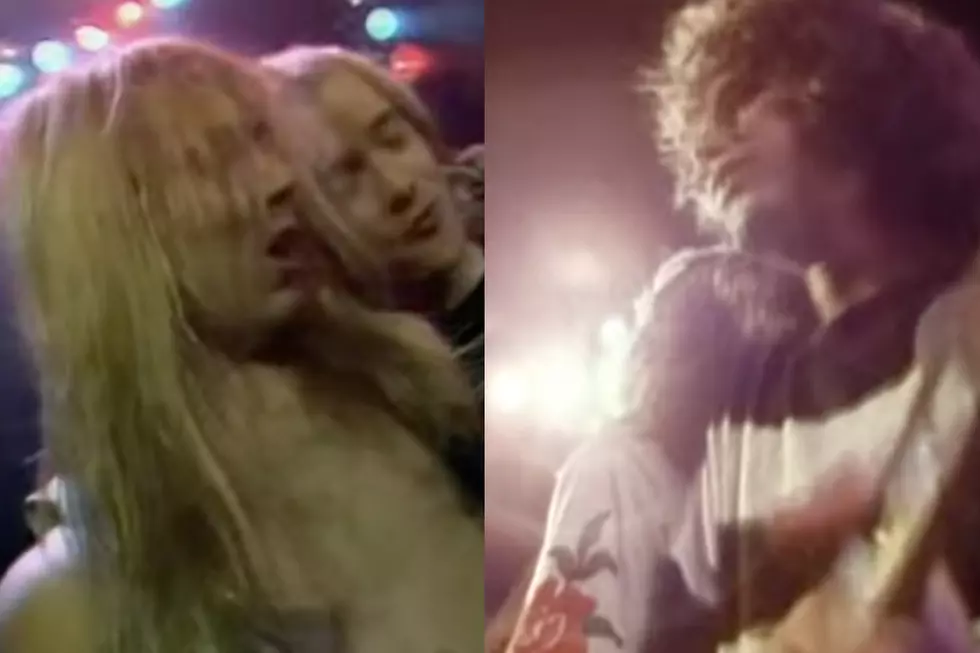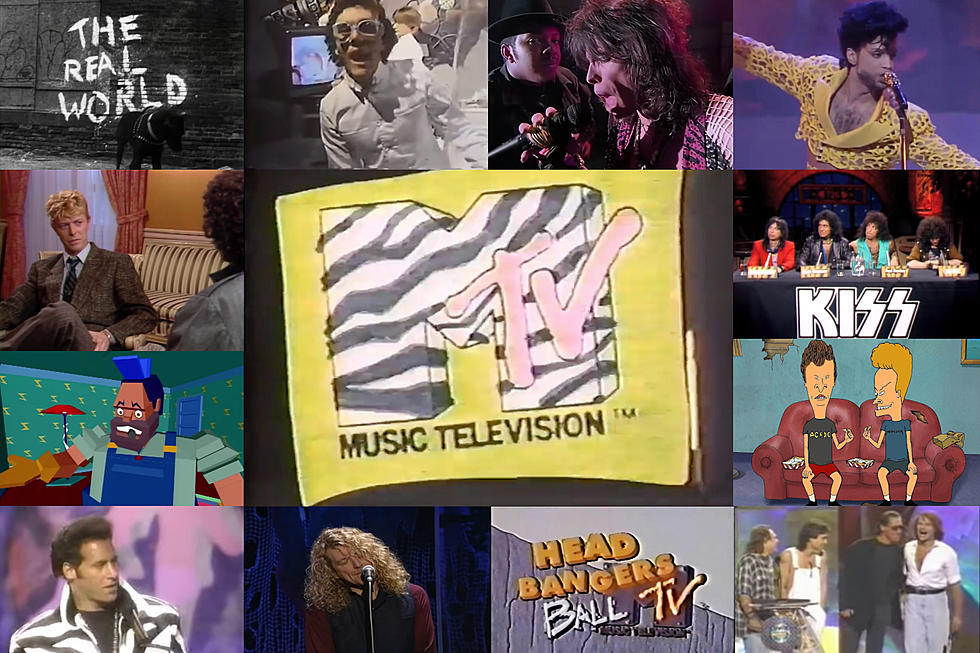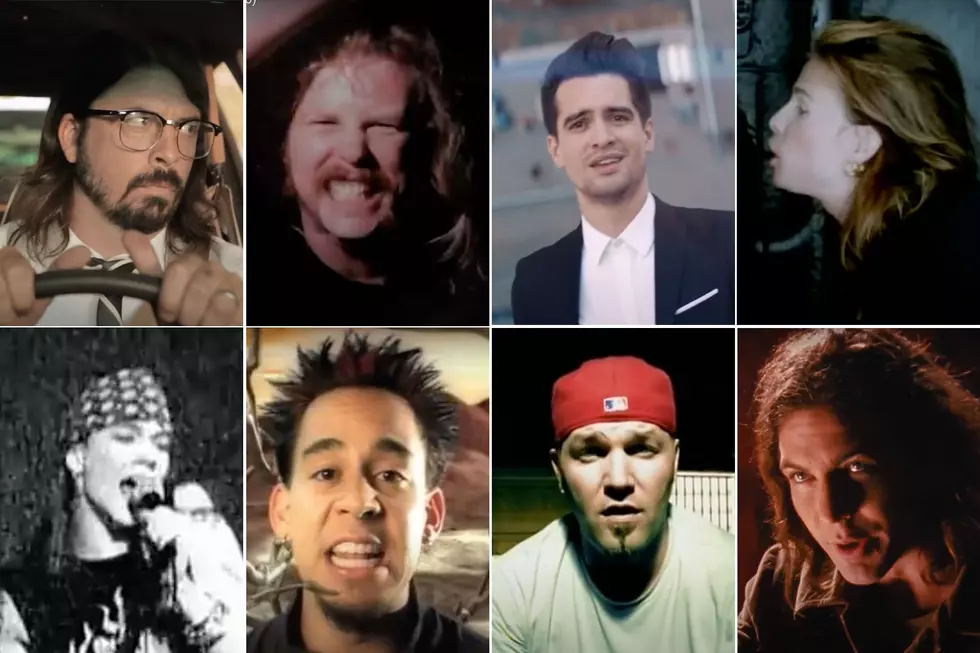
Why MTV Launched With a Video ‘Nobody Wanted’
“Video Killed the Radio Star” will forever be intertwined with the launch of MTV, cementing its place in history as the first video aired on the fledgling network. But that wasn't MTV’s first choice.
British new wave duo the Buggles released “Video Killed the Radio Star” as a single in 1979, two years before MTV started. The track had been penned by the group’s two members - Geoff Downes and Trevor Horn - along with songwriter and performer Bruce Woolley.
“We had the line ‘I heard you on the wireless back in ’52’ for ages before I came up with ‘Lying awake intent at tuning into you,’" Horn recalled years later to The Guardian. “I wrote most of the other lyrics, such as ‘They took the credit for your second symphony, rewritten by machine on new technology.’ I’d read JG Ballard and had this vision of the future where record companies would have computers in the basement and manufacture artists.” This theme, technology’s influence on music, would become the song’s running theme.
“It came from this idea that technology was on the verge of changing everything,” Horn further explained in the book I Want My MTV. “Video recorders had just come along, which changed people’s lives. We’d seen people starting to make videos as well, and we were excited by that. It felt like radio was the past and video was the future. There was a shift coming.”
“We stayed up for nights experimenting with different sounds,” added Downes. “We wanted to cram as many ideas as we could into a pop song.”
Woolley, on the other hand, wanted the track to be a more straightforward affair. The musician never officially joined forces with his cowriters, instead pursuing a solo career. He released his own version of the “Video Killed the Radio Star” in 1979, credited to Bruce Woolley and the Camera Club. While that rendition is largely forgotten, the Buggles version became part of music history.
Listen to Bruce Woolley and the Camera Club's Version of 'Video Killed the Radio Star'
In 1979, the track became a chart-topping hit in the U.K., Australia and various other countries across the globe. But in the U.S., it peaked at only No. 40, before quickly falling off the chart.
Flash forward to 1981. MTV, then a revolutionary concept to make an entire channel dedicated to music videos and content, was preparing to launch. As network executives pondered which video deserved to be its first, they came across the Buggles’ overlooked gem.
"Nobody wanted to launch with 'Video Killed the Radio Star,'" MTV program director Steve Casey admitted. "They thought we had to play a hit. I said, 'Nobody's going to be watching. It's symbolic.'"
“It made an aspirational statement,” MTV cofounder Bob Pittman explained to People. “We didn’t expect to be competitive with radio, but it was certainly a sea-change kind of video.”
Most of MTV’s staff at the time watched the station launch while at a bar in New Jersey (the closest location to the network’s New York headquarters where the channel was actually available.)
“When that Buggles video played, we started screaming like maniacs,” Carolyn Baker, one of MTV’s early executives, recalled. “We were all drunker than skunks.”
Watch the Buggles' 'Video Killed the Radio Star'
While the occasion was undoubtedly fun in the moment, it’s now looked back at as historic. MTV went on to become a groundbreaking enterprise, bringing artists into people’s homes like never before, while also becoming a powerful voice tapped directly into pop culture.
Things didn’t go quite as well for the Buggles, though both Downes and Horn have had successful careers in their own right. By the time their video became MTV’s first, the duo had moved on to other projects. Both men spent a brief time in the band Yes, contributing to the group’s 1980 album Drama. From there, Downes joined forces with guitarist Steve Howe (Yes), singer John Wetton (King Crimson) and drummer Carl Palmer (Emerson, Lake & Palmer) to form the supergroup Asia in 1981. He’d stay with the band until 1986, rejoining again in 1990. He also returned to Yes' lineup in 2011.
Horn, meanwhile, focused his attention on being a producer. Paul McCartney, Pet Shop Boys, Frankie Goes to Hollywood, Seal, Cher, Rod Stewart, John Legend and Tina Turner are among the many artists he’s worked with over the years.
Top 100 '80s Rock Albums
More From










